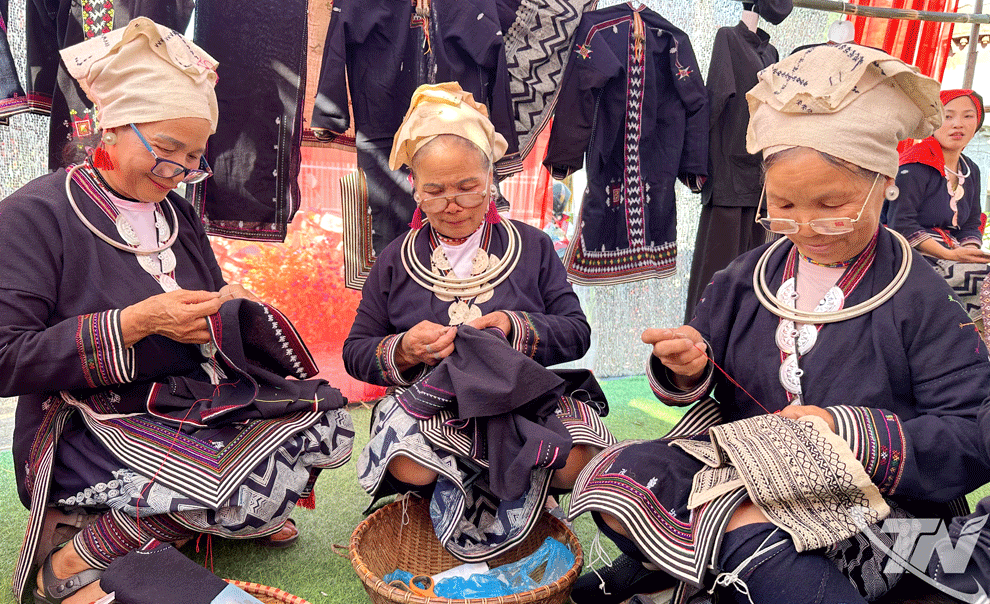 |
| Mothers and grandmothers diligently embroider on traditional costumes. |
Following the winding road of Cau River, we visited Ban Bung, Phong Quang Commune, Thai Nguyen Province - where there are 88 houses of the Dao Tien ethnic group. Ban Bung today is full of new life with spacious houses and solid concrete roads. Along with the new rural colors, Ban Bung is also known for its long-standing cultural identity passed down through many generations.
In the flow of preserving and promoting cultural values, traditional costumes are the pride of the Dao ethnic people here. Every woman in the village has a traditional costume. If she is a bride from another place, her mother-in-law will make one for her to wear on her wedding day, holidays, Tet and when she returns to her ancestors.
With excitement and curiosity about how to make traditional costumes, we went to meet Mrs. Trieu Thi Huyen, a famous skillful woman in Ban Bung. Mrs. Huyen is over 60 years old this year but has been working with indigo fabric and colored threads for nearly 50 years. In a gentle voice, she meticulously introduced us to each part and how to make the unique costume.
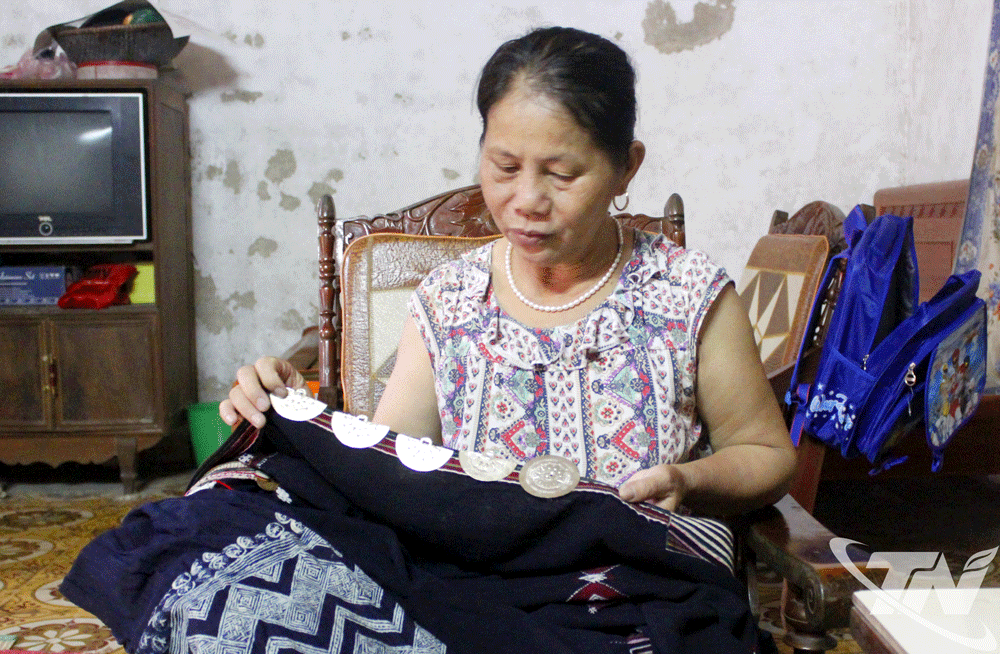 |
| Ms. Trieu Thi Huyen shares about the process of making traditional costumes. |
The traditional costume of the Dao Tien people has two main colors: gray and black; the shirt is collarless, 4 panels, with a chest slit and a side slit of about 30cm, decorated with many silver buttons. The hem of the shirt is embroidered with prominent colored threads. The back of the shirt has 4 to 5 white, blue, and pink borders; the innermost is a pattern, the 2 front panels have 1 white thread border less than the back panel, the sleeves are also embroidered with white, blue, and red borders...
To have a complete outfit from headgear to leggings, it requires a long preparation and continuous work for 1-2 months to complete. First, cotton must be planted to weave fabric, indigo plants must be grown and indigo powder must be made to dye the fabric. After the fabric has been dyed and dried, it is measured to cut and sew each part. At this point, the most elaborate and time-consuming step, which is decorating the patterns, begins.
Like the costumes of many other ethnic groups, the Dao Tien women's dress is also decorated with the most elaborate and eye-catching details. First, the decorative patterns are embroidered with red and blue threads, each embroidery line must be spaced by a pair of threads to leave seven colored threads on the fabric; then 11 more pieces of fabric are cut to embroider perpendicularly on the bottom edge of the dress.
When the decorative embroidery lines were formed, the women would attach large silver coins to the collar. In the past, wealthy families would attach many half silver buttons from the neck down and end with a round silver coin. Families with less resources would also try to have the silver cast to have a whole button. Head scarves were also decorated with elaborate embroidery lines.
It can be said that the decoration is a testament to the ingenuity and creativity of Dao Tien women in embroidery. It is also one of the criteria for Dao Tien men to choose a wife.
If you have ever seen Dao Tien girls in traditional costumes, many people will probably think that the decorative borders on the skirts are also embroidered threads. You have to be very observant to realize the difference. Because those soft shapes are made in a very creative way.
Once the skirt is cut and sewn, the worker will shave the bamboo sticks to be very thin and soft and bend them into triangles, circles and other decorative shapes. The bamboo sticks, after being bent into shape, will be dipped in hot beeswax and then pressed onto the fabric.
The wax layer sticks together to form patterns. When dyed with indigo, the beeswax will retain the color, leaving ivory-white patterns that stand out on the indigo skirt. Because the skirt is only knee-length, Dao Tien women wear leggings wrapped around their calves. This is also a prominent feature of the dress, because the leggings are meticulously embroidered in many colors and designs, completely different from the simple, sophisticated black and white of the overall outfit.
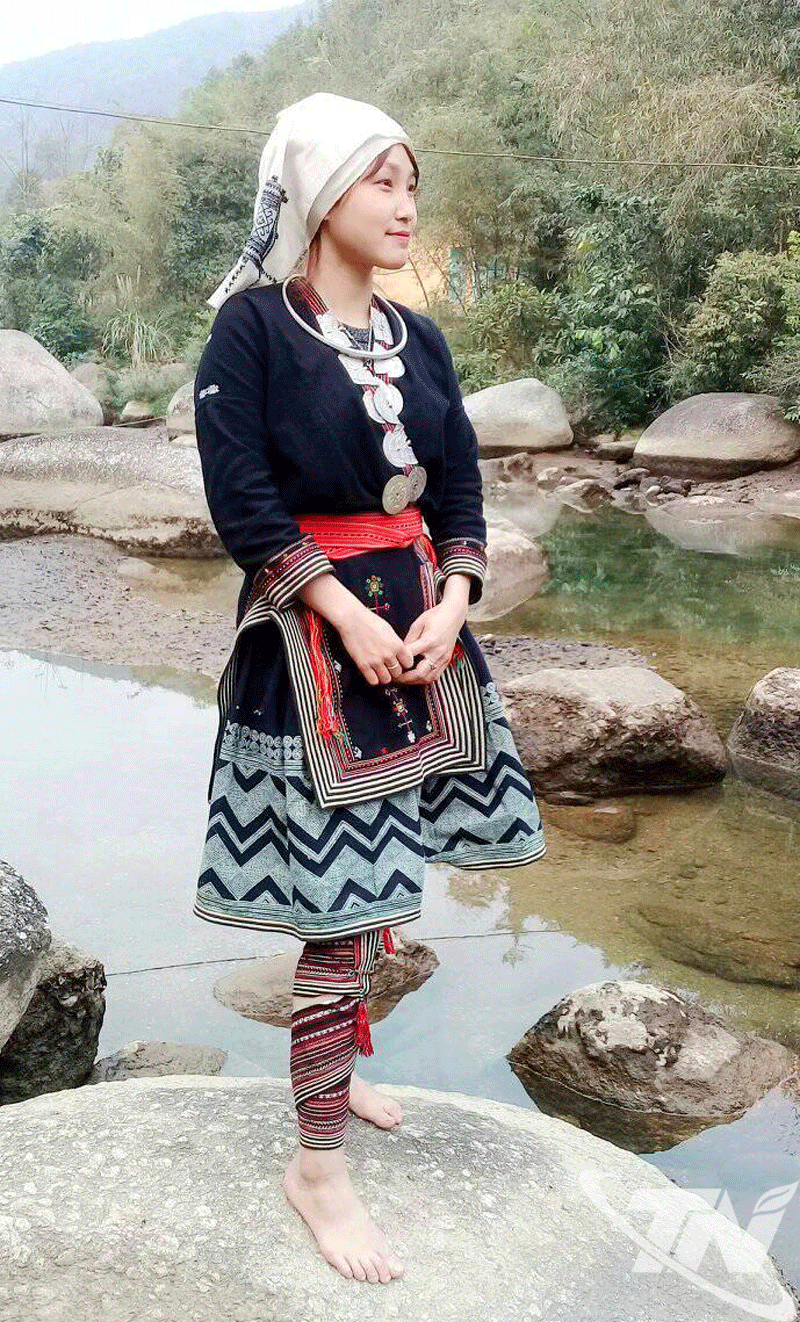 |
| Dao Tien girl is like a wild flower in traditional costume. |
Over time, there are times when the traditional way of making costumes gradually fades into memory. Grandmothers and mothers put their dresses away in wooden boxes and those unique colors are only seen at weddings and festivals. Not letting this precious asset be forgotten, in recent years, the people of Ban Bung village have made efforts to restore cultural features, including traditional costumes. Silver-haired, bespectacled old ladies meticulously instruct the next generation; rosy-cheeked girls with leggings proudly post their brilliant images on social networks.
“Currently, there are more than 20 people in the village who know how to make traditional costumes. The elderly teach the young, and in this way the identity will be preserved forever for future generations…”, Mr. Ban Van Thuong, Head of the Front Work Committee of Ban Bung village, affirmed.
Not only in Ban Bung, the Dao Tien people in many localities in Thai Nguyen province are still preserving and conserving traditional costumes as an inseparable part of national identity.
Source: https://baothainguyen.vn/van-hoa/202507/gin-giu-trang-phuc-truyen-thong-dan-toc-dao-tien-o-ban-bung-e702919/


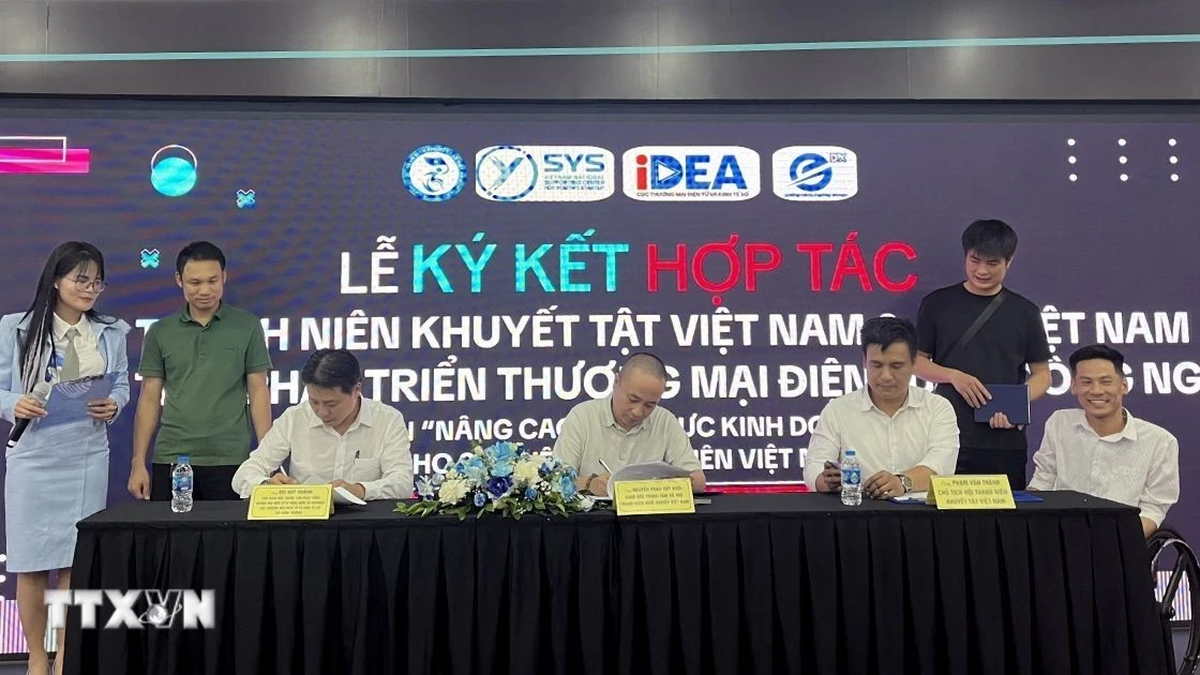
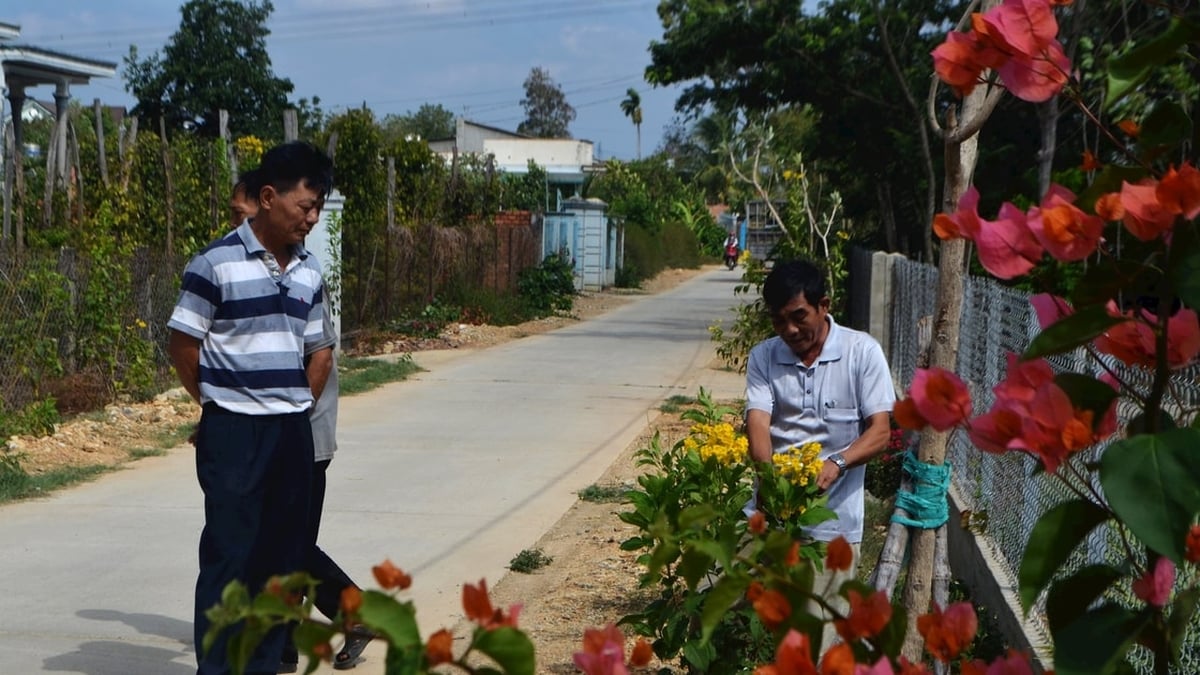
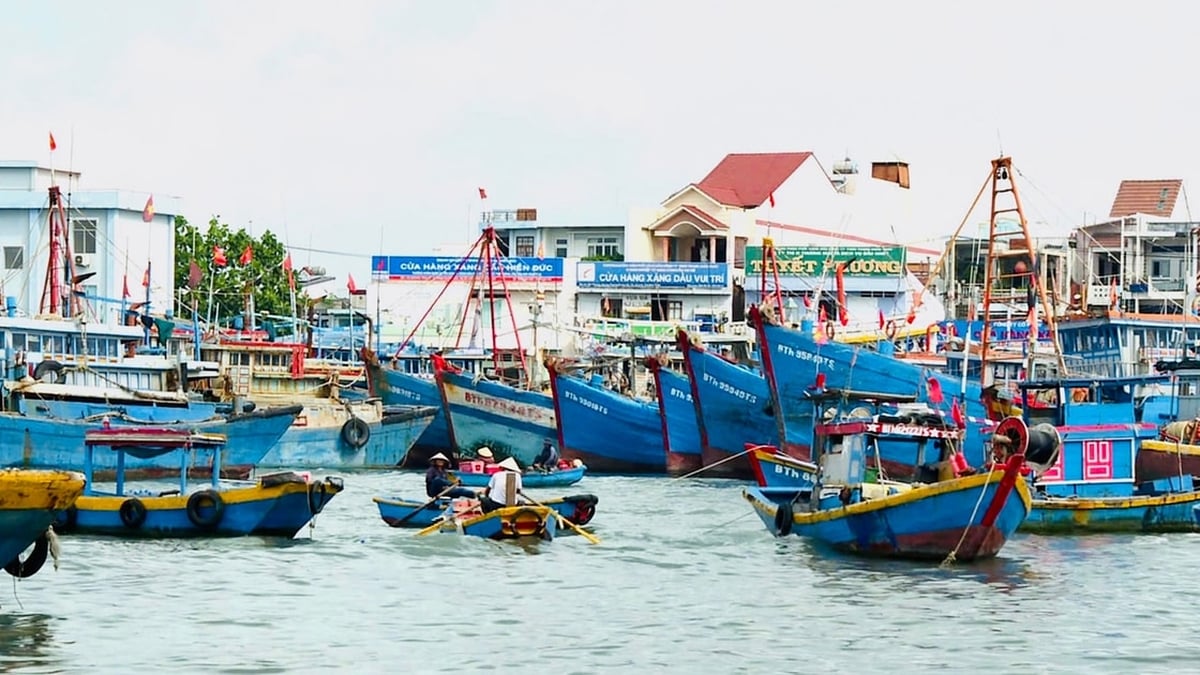
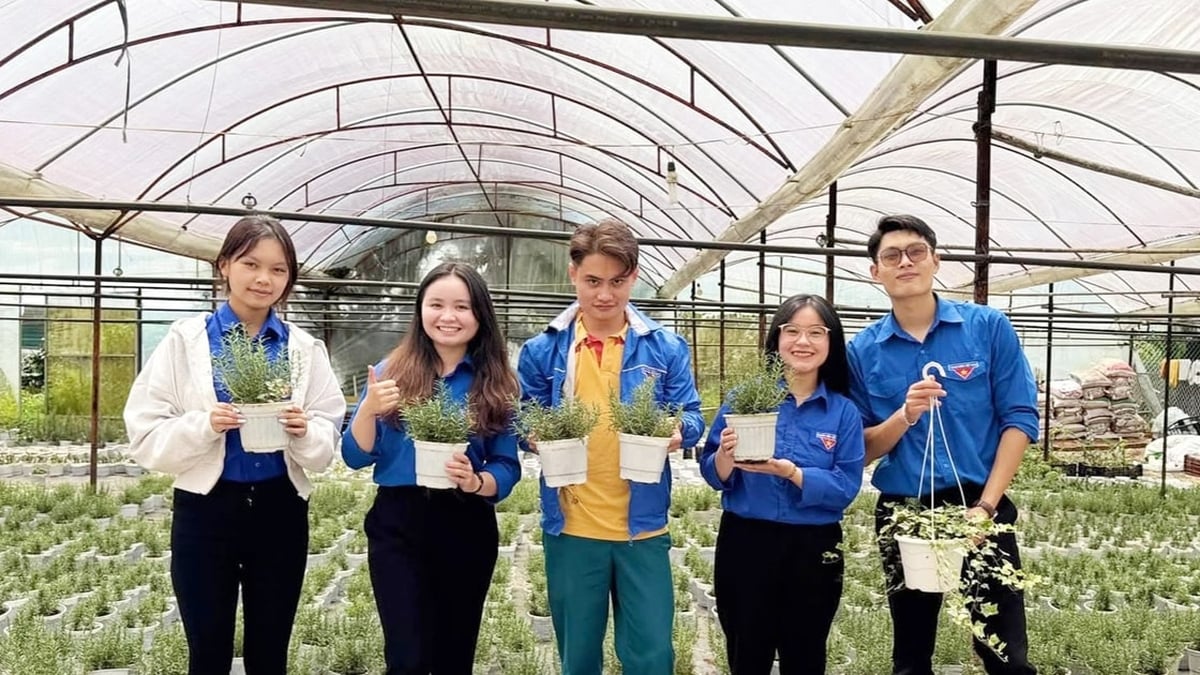

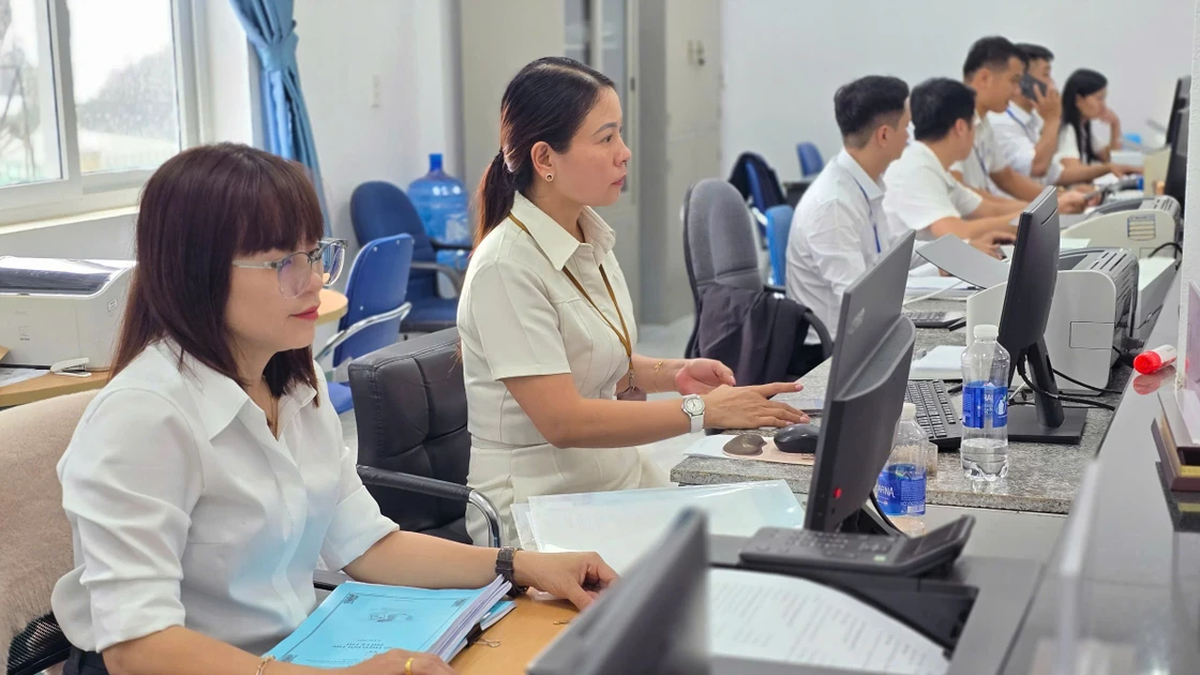

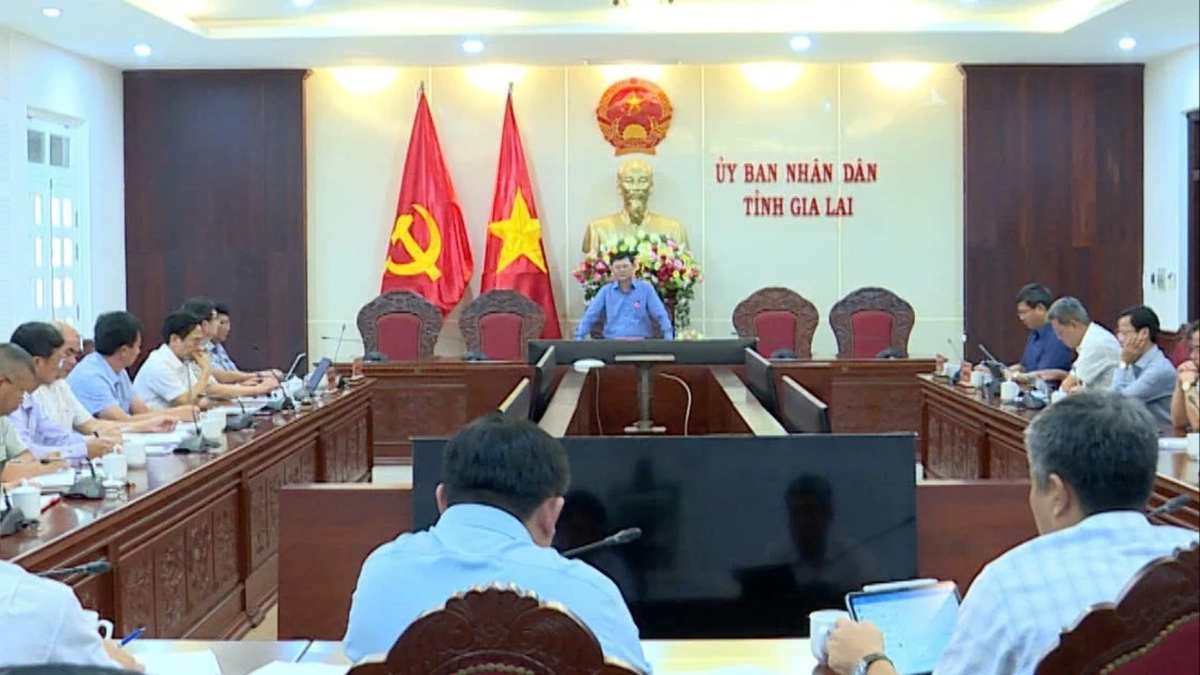
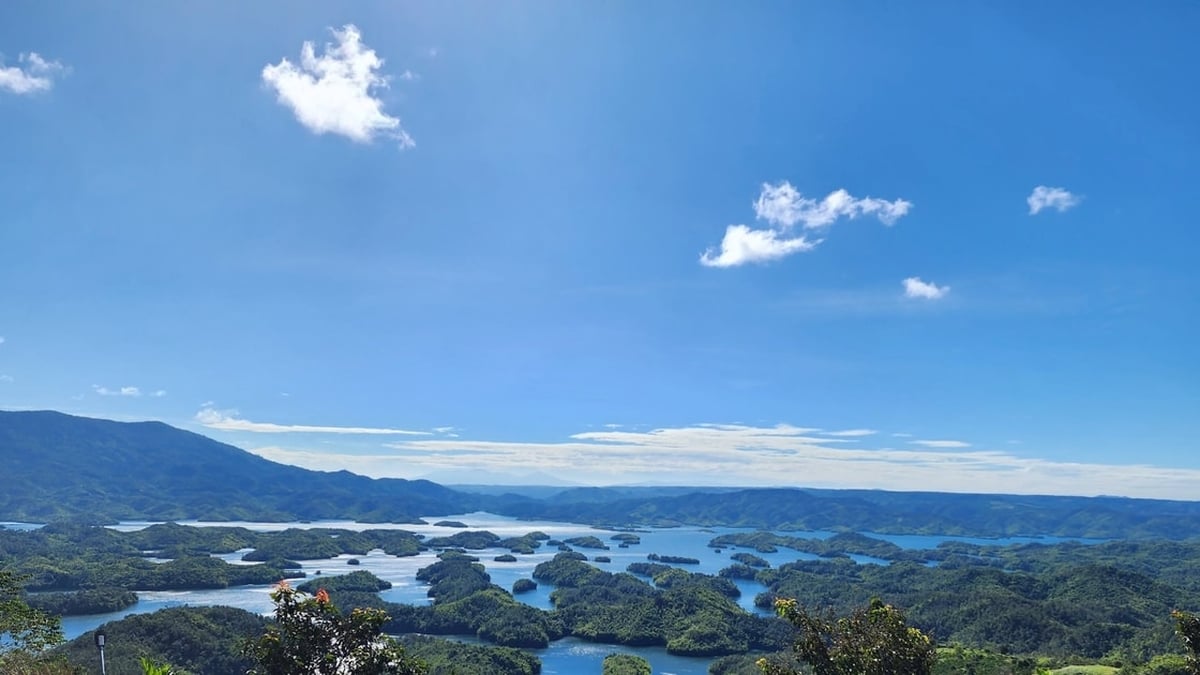



















![[Photo] Gia Lai provincial leaders offer flowers at Uncle Ho's Monument with the ethnic groups of the Central Highlands](https://vphoto.vietnam.vn/thumb/1200x675/vietnam/resource/IMAGE/2025/7/9/196438801da24b3cb6158d0501984818)



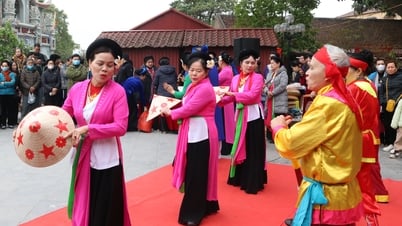

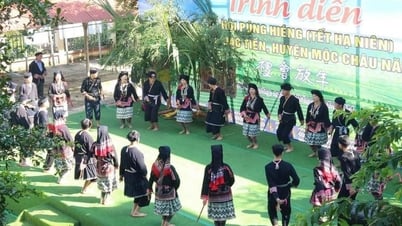

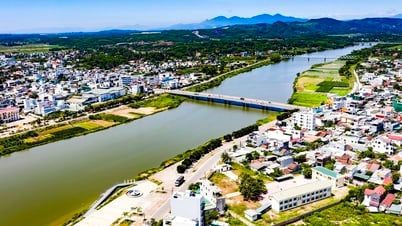

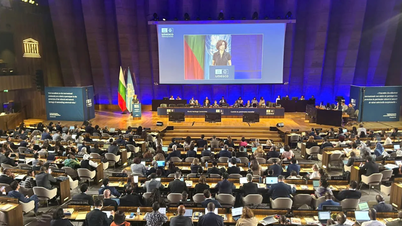
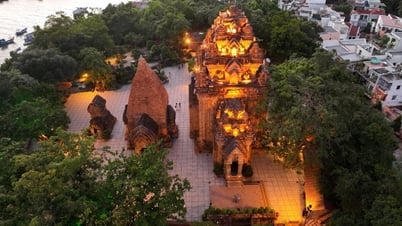


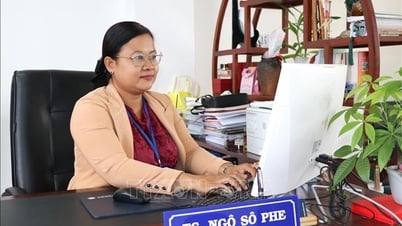

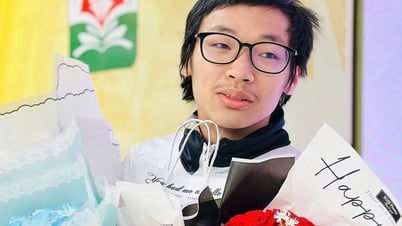
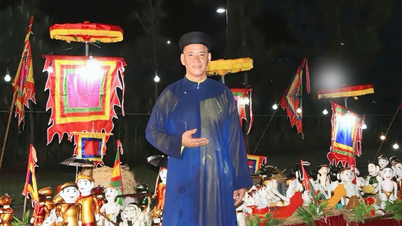

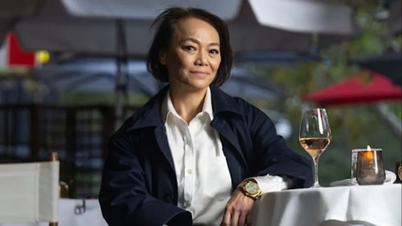





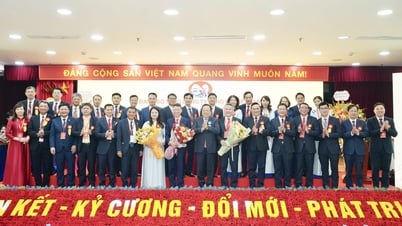



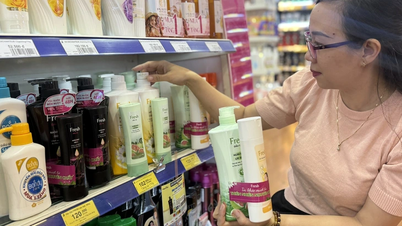


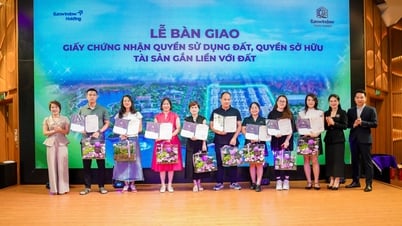
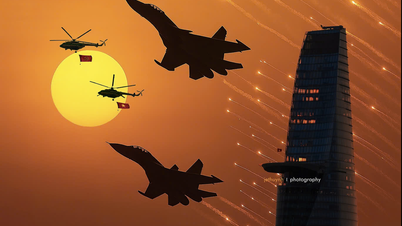





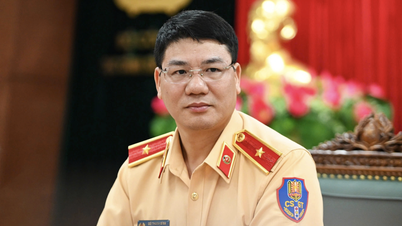

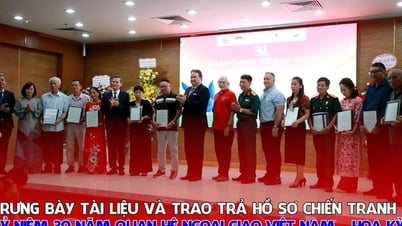

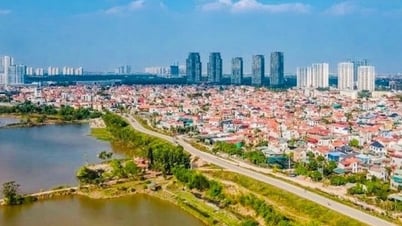
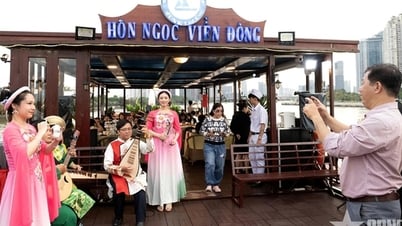
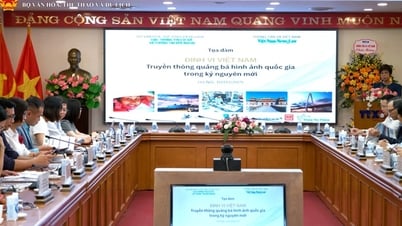
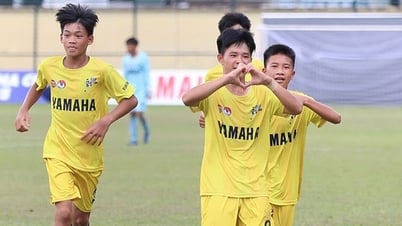
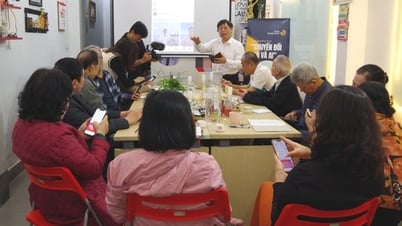








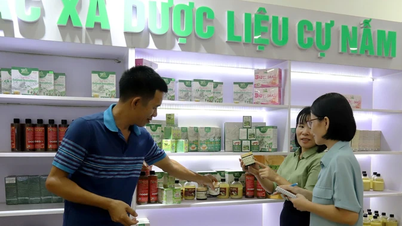
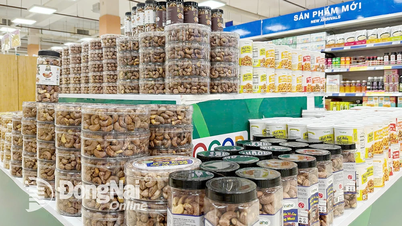

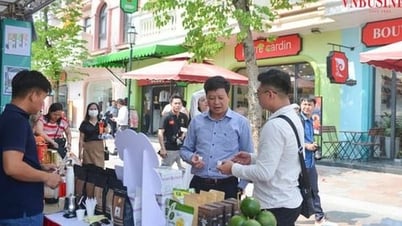

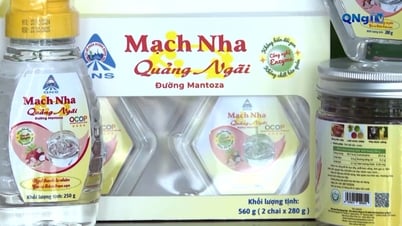

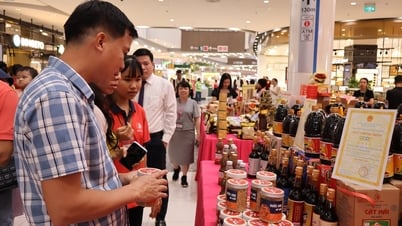



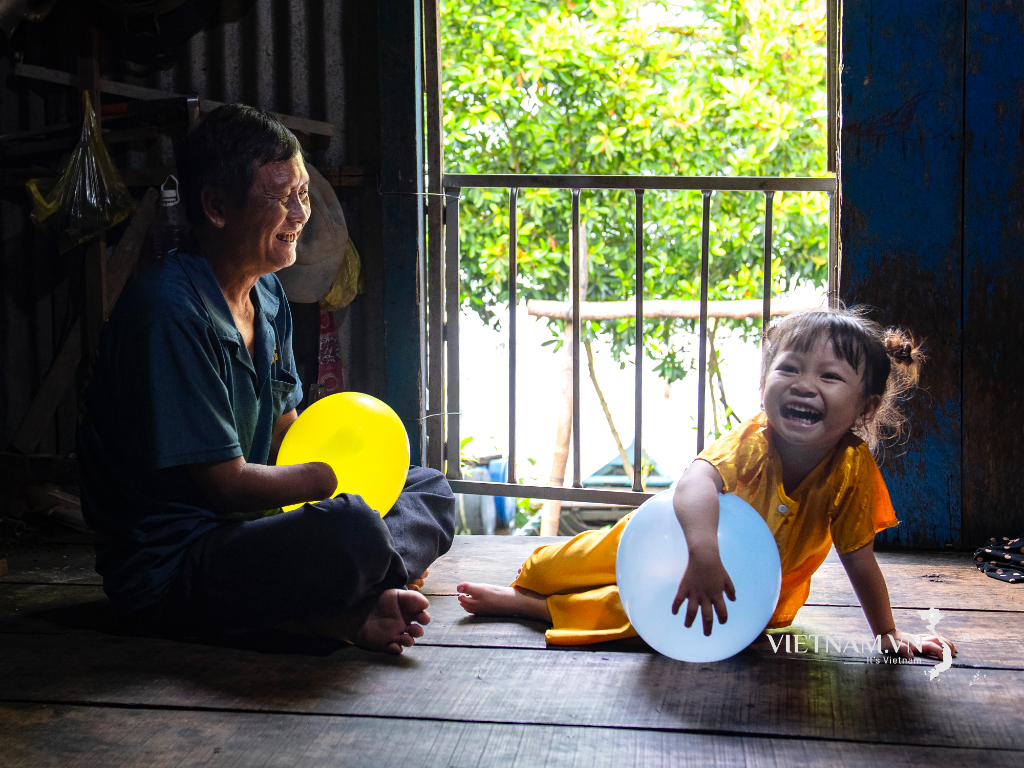
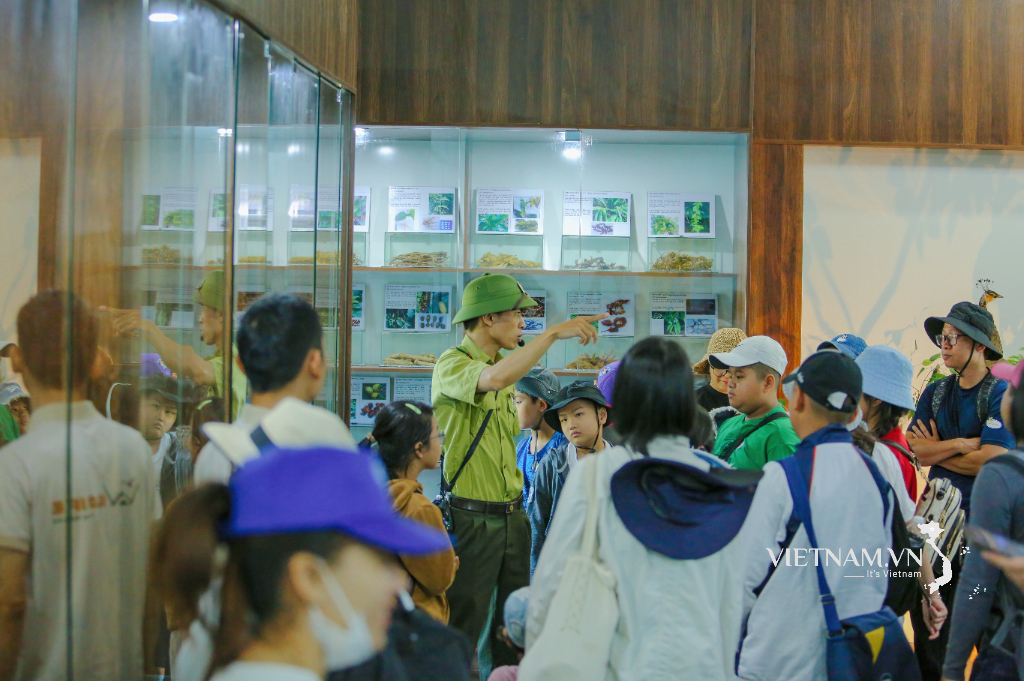
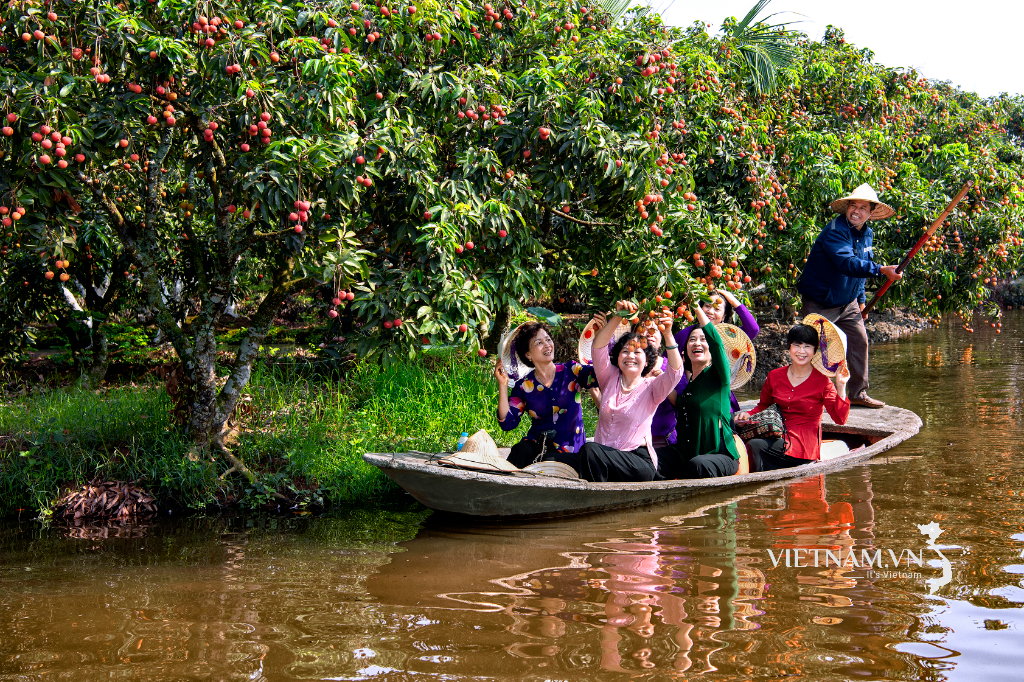
Comment (0)